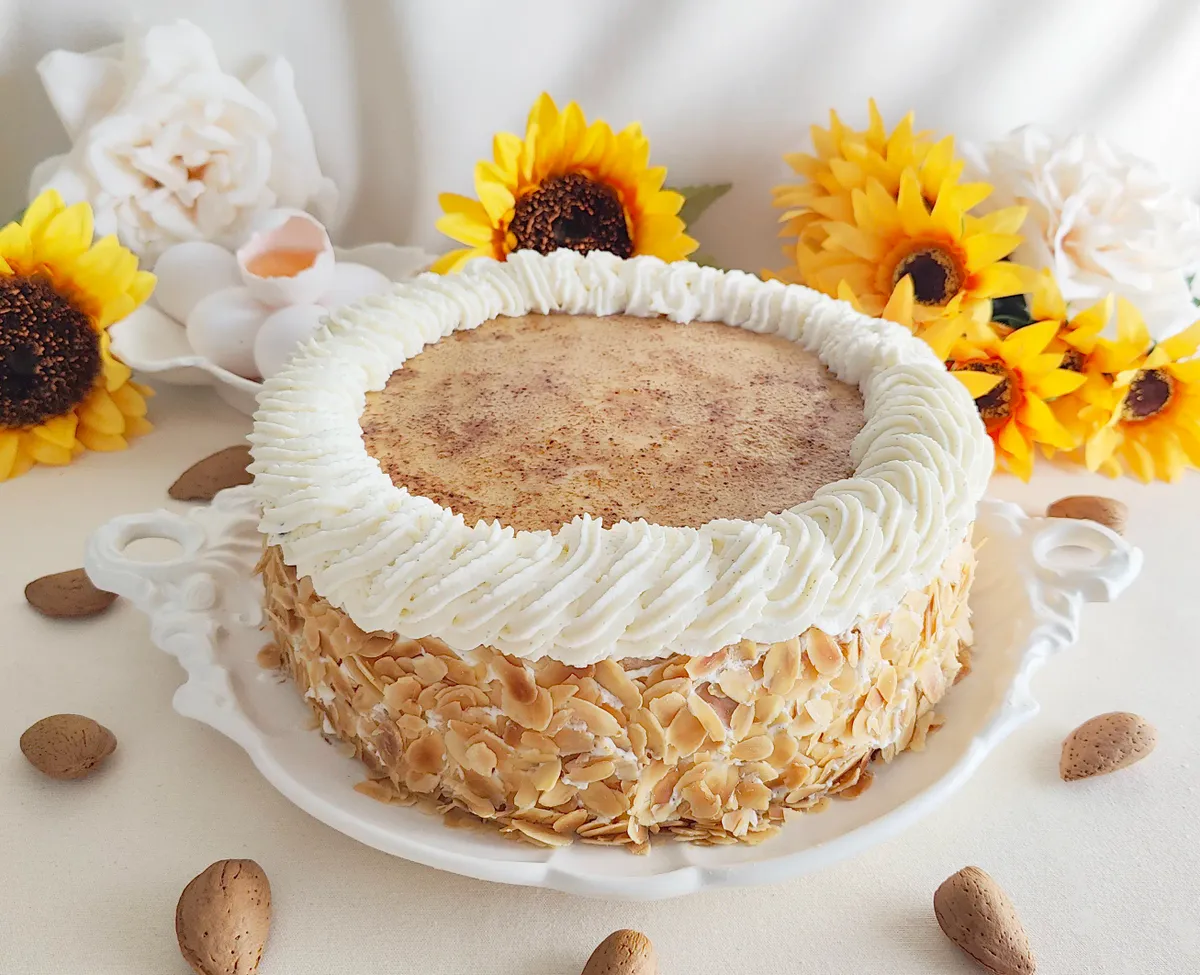
The history of San Marcos cake
The San Marcos Cake is a classic dessert in Spanish pastry, originating from the city of León in the Castilla y León region. Its history is closely tied to the Convent of San Marcos, a historic building that initially served as a hospital for pilgrims on the Camino de Santiago in the 12th century and later became a convent. The cake was created by the nuns of the convent, who made this sweet treat to commemorate the feast of Saint Mark on 25th April. Over time, the cake gained popularity and became one of the most iconic desserts in Leonese gastronomy.
The Convent of San Marcos played a fundamental role in the history and culture of León. Besides its religious function, it was a centre of learning and preservation of traditions, including culinary arts. The nuns who lived in the convent were renowned for their pastry skills, and the San Marcos Cake is one of the most notable creations of this legacy. Its recipe, passed down through generations, is a testament to the rich pastry tradition of the region.
The cake is characterised by its fluffy sponge layers, soaked in syrup and filled with whipped cream and toasted egg yolk. The combination of these ingredients creates a delicious contrast between sweet and creamy, which has made the San Marcos Cake appreciated throughout Spain and beyond. Although there are various versions of the recipe, the essence of the cake has remained true to the original created by the nuns of San Marcos.
Over the centuries, the San Marcos Cake has evolved from being an exclusive convent dessert to becoming a symbol of Spanish pastry. Its fame spread beyond León, and today it can be found in bakeries all over Spain, especially during festive occasions and celebrations. The cake is not only a tribute to tradition but also an example of how conventual recipes have influenced popular gastronomy.
The history of the San Marcos Cake also reflects how sweets and desserts have been an integral part of religious and cultural celebrations in Spain. Like other traditional desserts, the San Marcos Cake represents the fusion of religious devotion with culinary art, something very common in the history of European pastry. Religious festivities were occasions when gastronomic luxuries were permitted, and creating desserts like this was part of the celebrations.
Today, although the Convent of San Marcos is no longer in use as such, the San Marcos Cake lives on as a reminder of its legacy. The recipe has evolved over time, and although many variations have been created, the traditional version remains the most cherished. The cake is a perfect example of how a recipe can transcend its origins to become a culinary icon, carrying with it a piece of the history and culture of the León region.

 albertoimizcoz
albertoimizcoz

